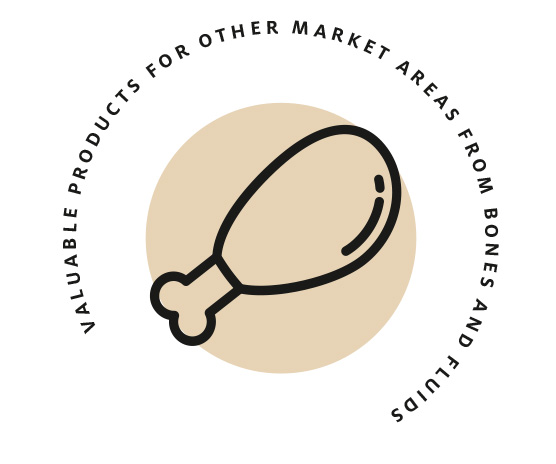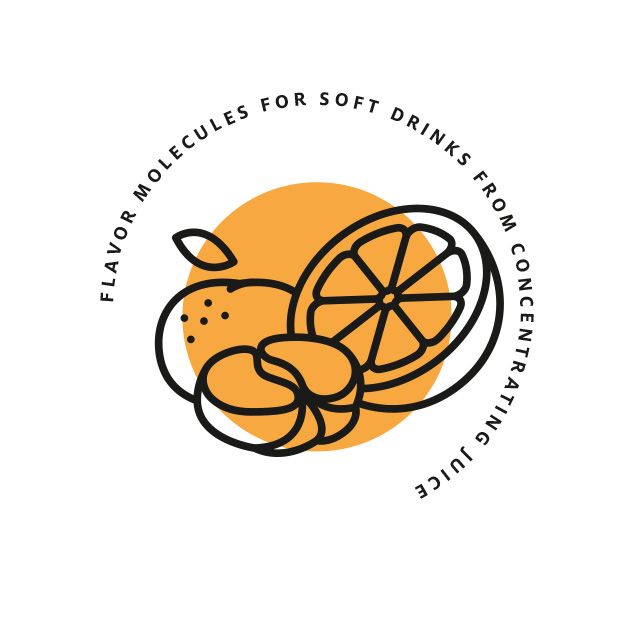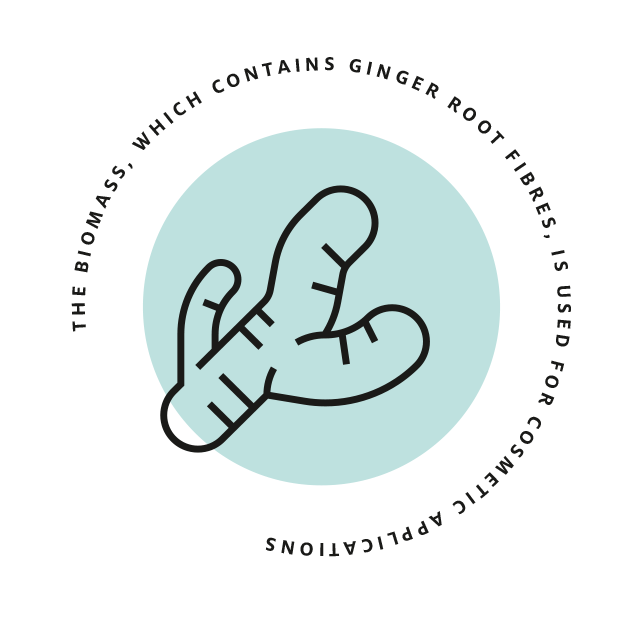The culinary world is scarcely imaginable without the rich, varied taste of chicken. The meat is fried and boiled, roasted and baked. In its hundreds of prepared forms, it has been part of creative and frequently surprising dishes in various cuisines for thousands of years. Chicken also provides Symrise with a wide range of uses. The Nutrition segment creates many products based on this natural raw material. Broths, powders and purified fats enrich thousands of foods and provide the desired mouthfeel or even the taste of meat and umami.
This naturalness is complemented by consistent sustainability. One core idea of the Symrise Nutrition segment is to use byproducts. Some examples include bananas whose shape does not meet retail requirements or chicken leftover.
The valuable raw materials are processed using technologies such as hydrolysis, cooking or drying. “We are on a good level with this process, but we are now increasing it to become even more sustainable,” says Marie Le Henaff, Global Sustainability Manager at Symrise Nutrition. Following the concept of the circular economy, the team, led by their colleague Thierry Lenice, developed ideas to use even more of the raw chicken material. For example, the manager, who is in charge of the Diana platform that will harness the side stream, has taken a look at the bones and fluids that are generated during production. They are used to create valuable products for other market areas.


Creating value through innovation
The circular economy, as Diana has applied it to chicken, has become increasingly important in the global economy in recent years. This concept runs through the entire Group. Symrise uses resources on an industrial scale to the extent possible, and finds uses that did not previously exist.
In so doing, the company is responding to major challenges facing the earth, from climate change and the loss of biodiversity to nutrition for an ever-growing number of people. Among other things, the company makes use of a circular economic system to minimize losses, which account for around one-third of the raw materials used in food production. Last but not least, this sustainable step is a lucrative business model. Not only innovative revenue models but new customer groups can be found.
In the Nutrition segment, which includes Diana (Food, Pet Food and Aqua) and the recently acquired ADF/IDF, byproducts already account for a large proportion of sales. Around 40 different little-used materials from food production have been identified. Chicken bones as well as banana peels, strawberry seeds and pressed onions that remain after extraction and concentration. Furthermore, the resulting products are used not only in the food sector. For example, an oil made from strawberry seeds is being tested in products in the Cosmetic Ingredients division. This cross-divisional work will be further expanded in the coming years.
For the farmers, who used to grow mainly vanilla, ginger represents a diversification of their income. The double usage of the material naturally makes it even more valuable for all sides.Benoît Join, Director of Natural Ingredients and Oral Care Innovation Symrise
Double usage in Scent & Care
The circular economy also plays a major role in the Scent & Care segment. Because certain cosmetic ingredients are meant to be odorless, valuable materials are left over when the raw materials are purified. In order to utilize these more consistently, researchers and developers are looking for new solutions in many places. For example, there are experiments with substances from butter and vegetable oil production in Brazil, and with blossom water from essential oil production, to find materials for fragrance production.
The experts have already made great progress with ginger, which comes from Madagascar and is 100 % traceable and certified organic. “We use a ‘green’ solvent, supercritical carbon dioxide, which can effuse through solids like a gas, and dissolve materials like a liquid. We thus extract two products from the ginger root,” Benoît Join explains about the procedure. “In this way, we obtain an active ingredient with cosmetic properties that is included in our product range under the name SymVital® Mada, as well as an extract with a strong ginger smell, which can be used like an essential oil.” But the process goes even further, explains the Director of Natural Ingredients and Oral Care Innovation from the Scent & Care segment. After extraction, the resulting biomass, which contains the fibers from the roots, can be reused for Cosmetic application. Join describes other advantages: “For the farmers, who used to grow mainly vanilla, ginger represents a diversification of their income.” “The double usage of the material naturally makes it even more valuable for all sides.”
“SymTrap® contributes to the comprehensive utilization of raw materials, whose components we can use for many products.”
Romy Weytens
Flavor Sustainable Sourcing and Sustainability Leader APAC

In-house development of SymTrap®
The Flavor segment achieves the goals of a circular economy using a unique process that Symrise has developed. In the early 2000s, the company developed the SymTrap® technology that extracts significantly more flavor from fruit than had previously been possible. This innovation, patented in 2008, uses the byproducts from fruit processing. One kilogram of the highly concentrated flavor is produced from several hundred kilograms of raw material side streams. This also plays a major role in greater sustainability for reasons of weight during transport.
A good example is flavor extraction from oranges for soft drinks, for which the Symrise technology is used. “When the juice is concentrated, a highly aromatic liquid called the aqueous phase remains, which was previously disposed of or used as process water for cleaning the fruit,” explains Romy Weytens, Flavor Sustainable Sourcing and Sustainability Leader APAC. “With SymTrap®, flavor molecules are obtained that are not only particularly tasty, but also make a major contribution to the naturalness of the product in the flavor compositions.” In this “green chemistry” process, Symrise relies on an ingenious sequence of energy-efficient adsorption and desorption processes which are also very gentle. “This is particularly important,” says Romy Weytens. “It enables us to also obtain active ingredients that are destroyed at higher temperatures. SymTrap® contributes to the comprehensive utilization of raw materials, whose components we can use for many products.”
